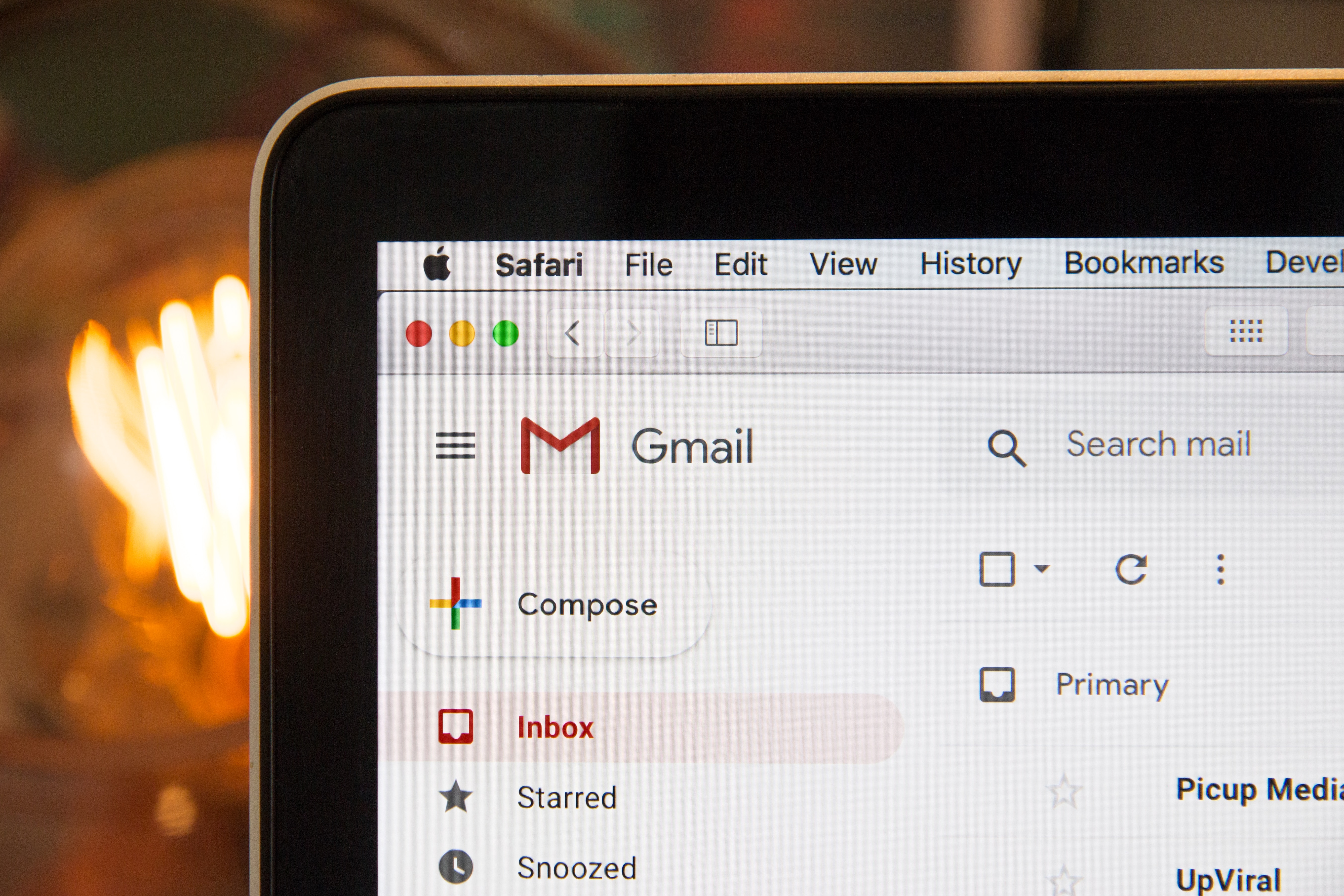In the last five years, newsletters have become essential for news outlets, writers, and anyone who wants to get their content out there. Some companies, like The Wall Street Journal, have dozens of newsletters; others, like The Skimm, base their whole business on one email. As information overload grows, newsletters have gained success. Emails synthesize information, reach readers immediately and have a singular voice. That’s where the company Substack comes in.
Substack is an email newsletter platform designed for small publishers hoping to turn their subscribers into paying customers. The platform offers a clear layout; it’s easy to use and gives statistics to the user. Most importantly, it lets the writer write instead of making him use three or four tools to get their product out (Mailchimp for newsletters, WordPress for websites.) The writer can ask readers to pay, and Substack takes 10% of that subscription revenue.

In conclusion, it’s an incredibly convenient newsletter platform for companies/writers with few resources. And so far, it’s working. A year ago, Substack already had 11,000 subscribers paying around $80 a year for content, according to the Nieman Lab. With a single service, Substack’s success is twofold—increased subscription revenue and definite engagement. The secret to that success can also be summarized in two—it offers individuals, not only institutions, it has niche content and, most importantly, it monetizes newsletters.
Since the late 90s, news outlets have tried to monetize their online content through different kinds of paywalls. The Wall Street Journal put up a hard paywall in the mid-90s, and both The New York Times and The Washington Post set its own metered paywall a decade later (read How The Guardian capitalized its membership model.) Paywalls work when readers are willing to pay for content—both on websites and newsletters. This means readers must believe the stories are worth the money and must have a personal connection to the brand.
Newsletters have proven useful tools in the latter regard. Emails reach consumers where they are, on their phones, at any moment of the day. Newsletters also summarize content and give readers just enough information, not too much. For example, The Skimm, a newsletter-based company, delivers a single email every morning with the news of the day. The Skimm fosters reader engagement by turning subscribers into ambassadors through an ambassador program, adding subscribers to Facebook groups and hosting breakfast events at their New York headquarters every other month. The Financial Times is also improving its newsletter experience. Recently, the financial publication has started incorporating polls into the email to encourage subscribers to interact with the content, says Digiday. However, none of them charge for an email subscription. Substack does.
In this mass of emails and subscriptions, Substack can have the upper hand. On the one hand, the platform capitalizes on the fact that readers may trust people more than institutions. A single scroll through Twitter and you can find over a dozen writers and reporters with bios stating “Newsletter on Substack.” With general news available for free and on social media, readers may pay for a point of view; especially the opinion of someone they know and trust. Many Americans get their news from social media because their friends post them online. They believe they share a worldview. Substack can capitalize on that.
On the other hand, Substack offers the possibility of niche publications, information that a reader cannot find elsewhere. As the Nieman Lab reports, Sinocism China Newsletter is one of the most popular emails. It offers readers commentary on current events in China for $15 per month. The founder, the investor Bill Bishop, already had a broad audience and was able to pull in six figures in revenue during the first 24 hours of relaunching its publication. Still, most of the content on Substack is delivered for free. But the platform encourages writers to turn readers into paying subscribers, even if for a low fee.
Although there are other newsletter platforms, like MailChimp, none offer the possibility of monetizing the content. Now, newsletters are no longer the afterthought. Whole companies are based on an engaging email that leads readers to the homepage and, from there, the subscription site. The platform TinyLetter, used by many writers, has now folded into MailChimp, its parent company. Although MailChimp is useful, it is a platform made for marketing emails, not written content. Substack is perfect for those individuals that can move hundreds of followers and get paid for it.
In the following months, we will see how other newsletter platforms and news outlets try to catch up with Substack. Their emails will prioritize engagement, brand connection, and singular voices. If they are not already, readers will become part of communities, fans of writers and, if it works, paying subscribers. Fans love a person, not an idea. And if that person emails them every other morning, well, they might end up paying. Substack is counting on it.
Watch this interview with Chris Best, CEO of Substack, explaining how the platform works:


It’s an amazing news. The email marketing is quickly evolving and the possibility of monetizing emails is such a fantastic news.
I would like to test it!